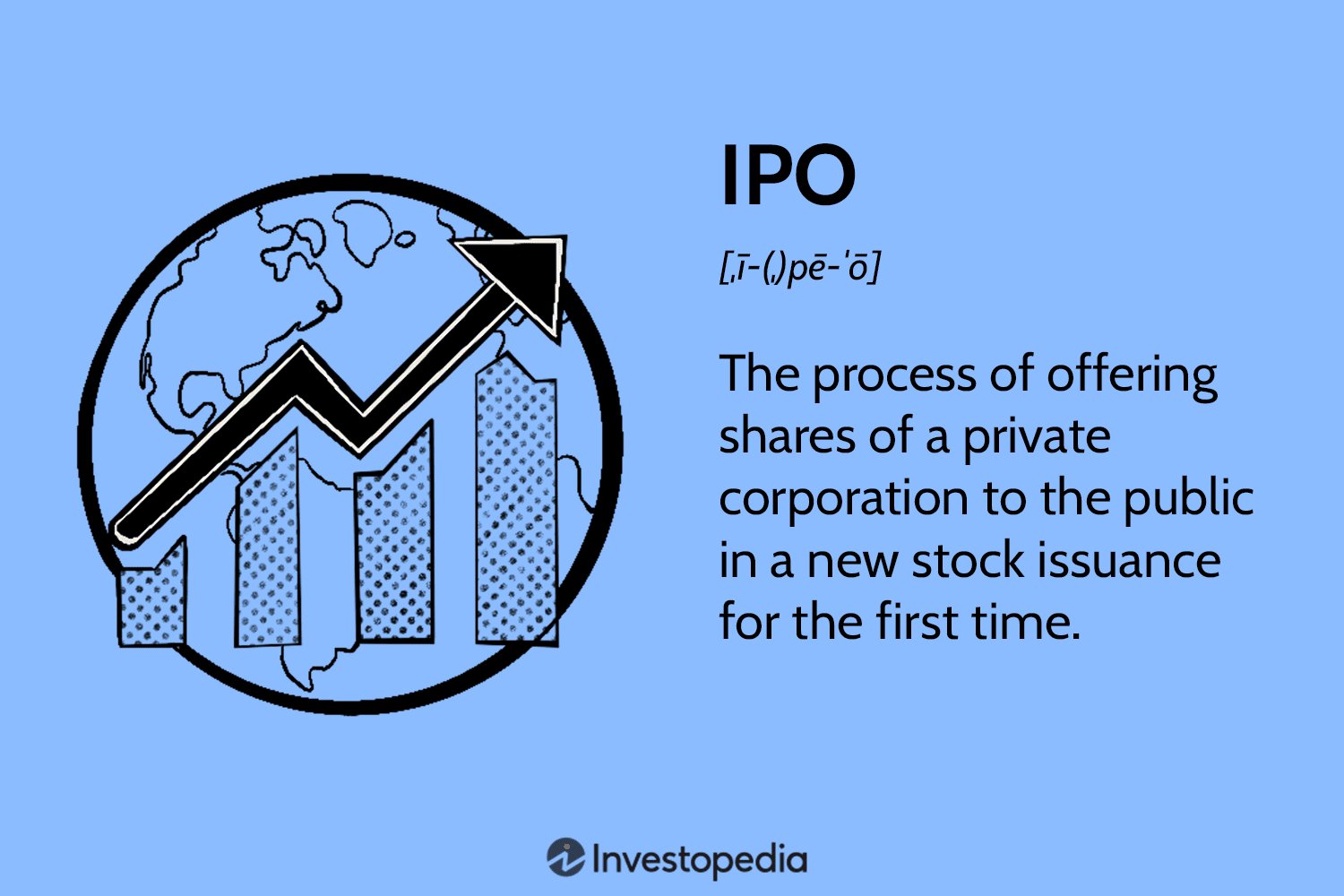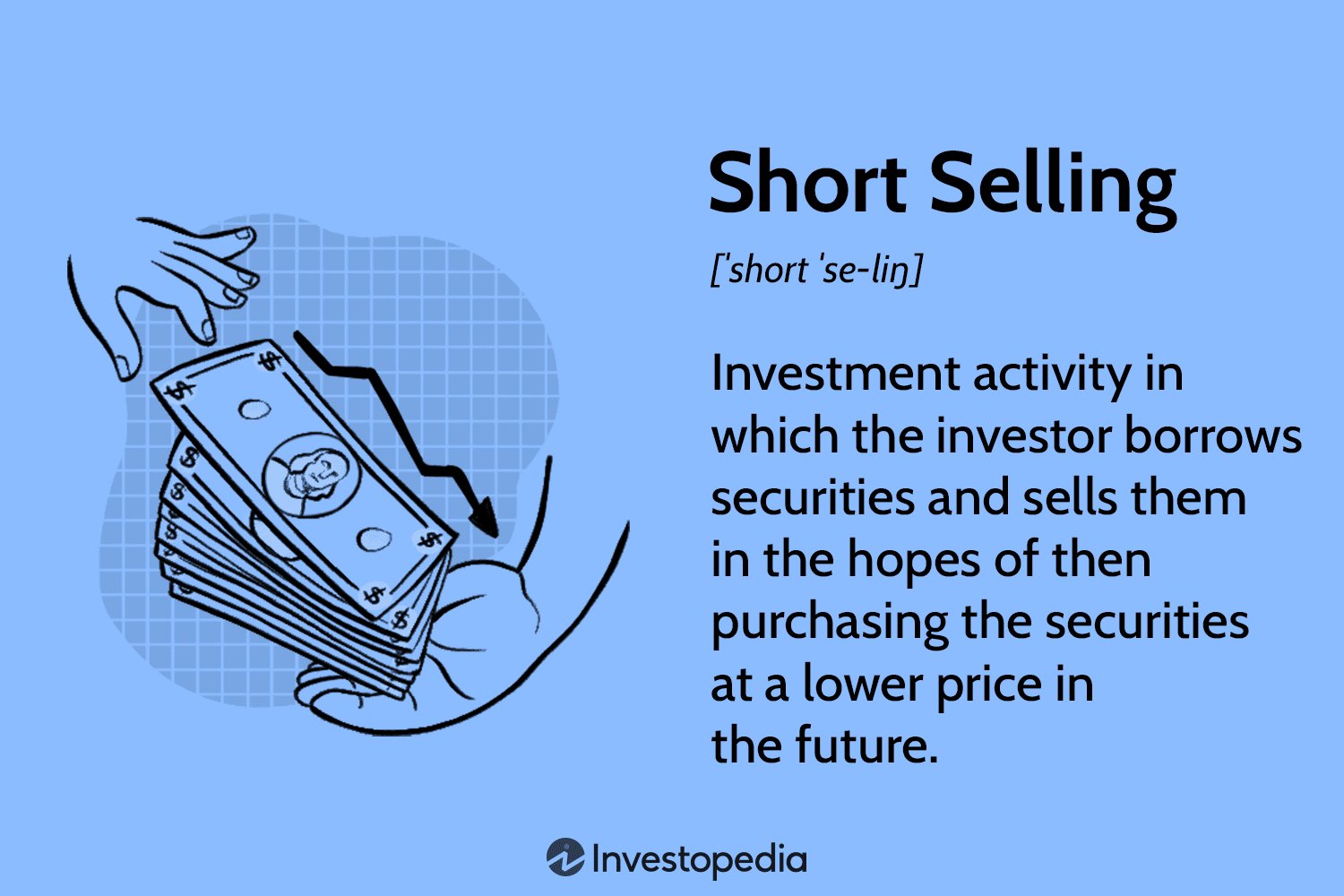An Initial Public Offering (IPO) is a significant milestone for a company. It marks the moment when a private company decides to go public and offer its shares to the general public for the first time. So, what is an initial public offering (IPO)? It is essentially a process through which a company raises capital by selling its shares to investors. IPOs have gained immense popularity in recent years due to their potential to generate substantial returns. In this article, we will delve into the world of IPOs, explore their purpose, and understand why companies choose to go public. Let’s embark on this exciting journey to uncover the intricacies of what is an initial public offering (IPO) and its impact in the business realm.
What is an Initial Public Offering (IPO)?
An Initial Public Offering (IPO) is a significant milestone in the life of a company. It refers to the process by which a privately-held company offers its shares to the public for the first time, making it a publicly-traded entity. Through an IPO, a company raises capital from investors and allows them to buy and sell its shares on a stock exchange.
In this comprehensive guide, we will explore the intricacies of an IPO, including the reasons why a company might choose to go public, the steps involved in the IPO process, and the potential benefits and drawbacks associated with going public.
Why Do Companies Go Public?
Companies may decide to go public for various reasons, and it’s important to understand the motivations behind this pivotal decision. Some common reasons include:
1. Raising Capital: One of the primary reasons for going public is to raise funds to finance the company’s growth, expansion, or other strategic initiatives. By selling shares to the public, a company can generate substantial capital that can be used to invest in research and development, acquisitions, or to pay off existing debts.
2. Liquidity for Existing Shareholders: Going public provides an exit strategy for early investors, founders, and employees who hold shares in the company. By unlocking the value of their shares, they can convert their ownership into liquid assets, allowing them to diversify their investments or realize their financial gains.
3. Enhancing Brand Visibility and Prestige: Going public can significantly increase a company’s visibility and market recognition. Being listed on a stock exchange can enhance a company’s reputation and credibility, potentially attracting new customers, partners, and business opportunities.
4. Attracting and Retaining Talent: Publicly-traded companies often have additional resources and incentives to attract top talent. The ability to offer stock options or grants can be a powerful tool for attracting skilled employees and aligning their interests with the company’s long-term success.
The IPO Process
The process of taking a company public involves several complex steps, each of which requires careful planning, preparation, and coordination. While the exact details may vary depending on the jurisdiction and regulatory requirements, the general IPO process consists of the following stages:
1. Engaging Underwriters and Advisors: To initiate the IPO process, a company typically engages investment banks as underwriters and legal advisors. These professionals play a crucial role in guiding the company through the IPO process, helping with tasks such as valuation, market analysis, regulatory compliance, and marketing the offering to potential investors.
2. Due Diligence and Preparation: The company and its advisors conduct a thorough due diligence process, gathering and analyzing financial and legal information to ensure accuracy and compliance. This includes preparing audited financial statements, drafting a prospectus, and addressing any potential legal or operational issues.
3. Securities and Exchange Commission (SEC) Filing: In the United States, the company is required to file a registration statement, known as a Form S-1, with the Securities and Exchange Commission (SEC). This extensive document provides detailed information about the company’s business, financials, management team, risks, and objectives.
4. Marketing and Roadshow: After the SEC filing is approved, the company embarks on a marketing campaign to generate interest and attract potential investors. This often includes a roadshow, where company executives present the investment opportunity to institutional investors, analysts, and potential buyers.
5. Pricing and Allocation: Based on the feedback and demand from investors, the underwriters and company determine the offering price and the allocation of shares. The price is typically set through a book-building process, where potential investors indicate the number of shares they are willing to buy at various price levels.
6. Public Trading and Listing: Once the pricing and allocation process is complete, the company’s shares are listed on a stock exchange. On the day of the IPO, the shares become publicly available for trading, allowing investors to buy and sell them on the secondary market.
Potential Benefits of Going Public
Going public can offer several potential benefits to a company and its stakeholders. These benefits include:
1. Access to Capital: By going public, a company can tap into a broader investor base, allowing it to raise significant capital to fund its growth and strategic initiatives.
2. Liquidity: Going public provides existing shareholders with the ability to sell their shares on the open market, providing liquidity and potentially unlocking their investment value.
3. Enhanced Visibility: Being a publicly-traded company can increase brand visibility and awareness, attracting new customers, partners, and business opportunities.
4. Acquisition Currency: Publicly-traded companies often have a more favorable position for potential acquisitions, as they can offer their shares as a means of payment. This can facilitate mergers and acquisitions, supporting the company’s growth strategy.
Potential Drawbacks and Considerations
While going public offers significant advantages, there are also potential drawbacks and considerations that companies should carefully evaluate. These include:
1. Costs and Regulatory Compliance: Going public involves substantial costs, including fees for underwriters, legal advisors, and ongoing compliance with financial reporting and regulatory requirements. These ongoing costs can be burdensome for smaller companies.
2. Loss of Control: Going public often means diluting the ownership stake of existing shareholders, including founders. This dilution can lead to a loss of control over decision-making.
3. Public Scrutiny and Disclosure: Publicly-traded companies face increased scrutiny from investors, analysts, and regulatory bodies. They are required to disclose detailed financial and operational information regularly, which may limit their ability to keep certain information confidential.
4. Short-Term Market Pressures: Public companies are subject to market pressures to meet quarterly earnings expectations, which can sometimes result in short-term decision-making that does not align with the company’s long-term strategy.
In conclusion, an Initial Public Offering (IPO) is a significant event for a company, marking its transition from a privately-held entity to a publicly-traded one. The IPO process involves engaging underwriters and advisors, conducting due diligence, filing with regulatory bodies, marketing the offering, determining the price and allocation, and finally listing the shares on a stock exchange. While going public can offer numerous benefits, such as access to capital and enhanced visibility, it is essential to carefully consider the potential drawbacks and costs associated with the decision.
IPO Explained: What is an Initial Public Offering?
Frequently Asked Questions
Frequently Asked Questions (FAQs)
What is an Initial Public Offering (IPO)?
An Initial Public Offering (IPO) refers to the process in which a private company offers its shares to the public for the first time, thereby becoming a publicly-traded company.
How does an IPO work?
During an IPO, the company hires investment banks to underwrite and manage the process. The underwriters help determine the company’s value, set the offering price, and distribute the shares to investors. The company then lists its shares on a stock exchange for public trading.
Why do companies go public through an IPO?
Companies go public through an IPO to raise capital for various purposes such as expanding their business operations, reducing debt, acquiring other companies, or funding research and development. Additionally, going public can increase a company’s visibility and credibility in the market.
What are the advantages of investing in an IPO?
Investing in an IPO can provide investors with an opportunity to buy shares of a company at an early stage, potentially resulting in significant returns if the company performs well. It also allows individuals to become shareholders and participate in the company’s growth and success.
Are IPOs considered risky investments?
IPOs can be considered as high-risk investments because new companies entering the stock market may lack a proven track record. As a result, their stocks may experience higher volatility and uncertainty compared to well-established companies. It is essential for investors to carefully evaluate the company’s prospectus, financials, and market conditions before investing in an IPO.
How can I participate in an IPO?
To participate in an IPO, you generally need to have a brokerage account with a participating investment bank. The bank will provide you with the necessary information and guidelines to apply for shares in the IPO. It is important to note that not all IPOs are available to the general public, and some may be reserved for institutional investors.
What is the lock-up period in an IPO?
The lock-up period in an IPO refers to a specific timeframe, typically 90 to 180 days, during which company insiders, such as founders, executives, and employees, are restricted from selling their shares in the newly public company. This restriction aims to prevent significant fluctuations in the stock price due to large-scale insider selling immediately after the IPO.
Can the IPO price change after the offering?
Yes, the IPO price can change after the offering. Once a company goes public, its stock price is determined by supply and demand in the secondary market. Factors such as market conditions, investor sentiment, and the company’s performance can cause the stock price to fluctuate, potentially deviating from the initial IPO price.
What is an IPO prospectus?
An IPO prospectus is a formal document that provides detailed information about a company’s business, financials, management team, risks, and other relevant information to potential investors. It is filed with the appropriate regulatory authorities and must be made available to the public before the IPO. The prospectus helps investors make informed decisions about participating in the IPO.
Final Thoughts
An initial public offering (IPO) is the process by which a private company becomes a publicly-traded company. It involves issuing shares of stock to the public for the first time. This allows the company to raise capital from a wide range of investors. IPOs are typically facilitated by investment banks, who help price the shares and underwrite the offering. Once the IPO is complete, the company’s shares can be bought and sold on a stock exchange. This provides liquidity and enables the company to access additional funding in the future. So, what is an initial public offering (IPO)? It is the crucial step that allows a private company to become publicly traded, offering shares to the public and paving the way for further growth and investment opportunities.



